On an impromptu road trip to New Mexico earlier this month we were able to see the Very Large Array and the Trinity Site. It was something Gene had been wishing to see for quite a long time, but it hadn’t happened. Part of this was caused by the fact that the site is only open to the public twice a year. According to their White Sands Missle Range website, the site is opened the first Saturday in April and October. Thus the next time it will be open to the public will be on October 5, 2019. This event is free and open to the public. No reservations are required.
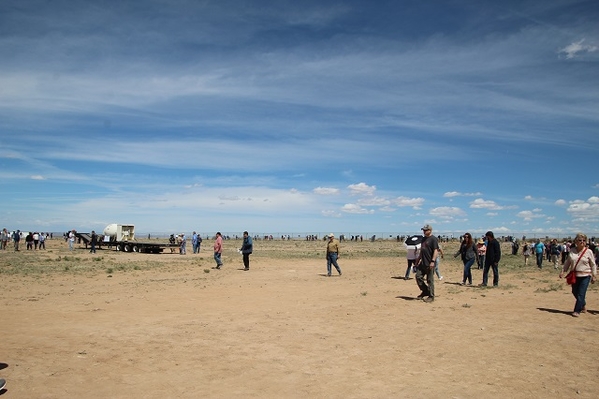 Before I get to our visit, I wanted to share a little history about the Trinity site. First off, Trinity was the code name of the first detonation of a nuclear weapon, aka an atomic bomb. As part of the Manhattan project, it was conducted by the United States Army at 5:29 a.m. on July 16, 1945. As we found out on our visit, it happened in the Jornada del Muerto desert about 35 miles (56 km) southeast of Socorro, New Mexico. Basically the middle of no-where. The test was of an implosion-design plutonium device, informally nicknamed "The Gadget", of the same design as the Fat Man bomb later detonated over Nagasaki, Japan, on August 9, 1945.
Before I get to our visit, I wanted to share a little history about the Trinity site. First off, Trinity was the code name of the first detonation of a nuclear weapon, aka an atomic bomb. As part of the Manhattan project, it was conducted by the United States Army at 5:29 a.m. on July 16, 1945. As we found out on our visit, it happened in the Jornada del Muerto desert about 35 miles (56 km) southeast of Socorro, New Mexico. Basically the middle of no-where. The test was of an implosion-design plutonium device, informally nicknamed "The Gadget", of the same design as the Fat Man bomb later detonated over Nagasaki, Japan, on August 9, 1945.
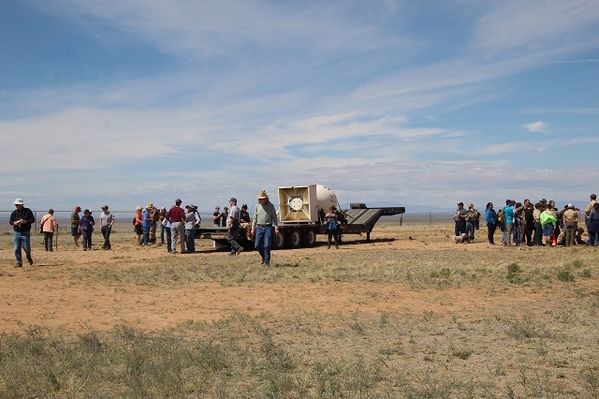 For the Project Trinity test, the bomb was placed atop a 100-foot steel tower that was designated Zero. Ground Zero was at the foot of the tower. For those watching the explosion through dark glasses stated that the brilliance of the light from the explosion overshadowed the shock wave and sound that arrived some seconds later. Apparently a multi-colored cloud surged 38,000 feet into the air within seven minutes.
For the Project Trinity test, the bomb was placed atop a 100-foot steel tower that was designated Zero. Ground Zero was at the foot of the tower. For those watching the explosion through dark glasses stated that the brilliance of the light from the explosion overshadowed the shock wave and sound that arrived some seconds later. Apparently a multi-colored cloud surged 38,000 feet into the air within seven minutes.
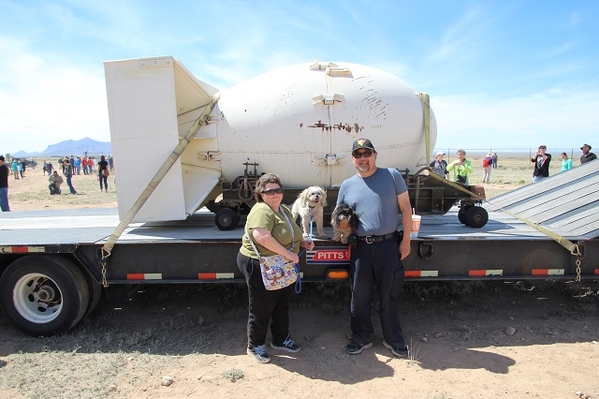 Where the tower had been was a crater one-half mile across and eight feet deep. Sand in the crater was fused by the intense heat into a glass-like solid, the color of green jade. This material was given the name trinitite. The explosion point was named Trinity Site. After the explosion, Trinity Site was encircled with more than a mile of chain-link fencing, and signs were posted to warn people of radioactivity. However, by 1953, much of the radioactivity had subsided, and the first Trinity Site open house was held in September of that year.
Where the tower had been was a crater one-half mile across and eight feet deep. Sand in the crater was fused by the intense heat into a glass-like solid, the color of green jade. This material was given the name trinitite. The explosion point was named Trinity Site. After the explosion, Trinity Site was encircled with more than a mile of chain-link fencing, and signs were posted to warn people of radioactivity. However, by 1953, much of the radioactivity had subsided, and the first Trinity Site open house was held in September of that year.
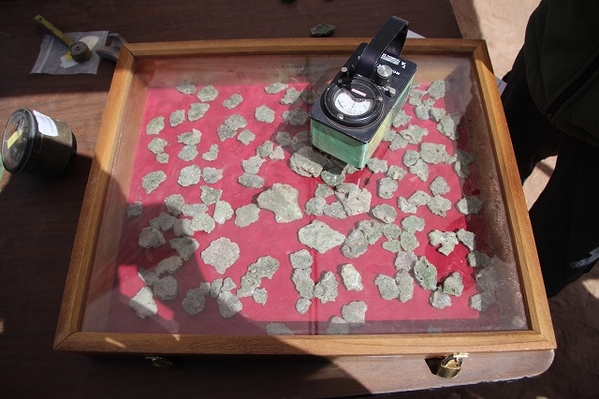 We stayed in Albuquerque which was a 2 ½ hour drive. We left early, but definitely should have left sooner. Their website suggests getting there early. Even better, be in line by 6:30 or 7 a.m. for when the gates open at 8 a.m. Since we were staying so far away, we didn’t get there that early, lol. There were quite a few people in line in front of us, and it was slow and go, especially at the checkpoint (more on that in a minute). However, once we got to the parking lot, there was a lot of room and we made our way to the actual site. Happily the Trinity Site is dog- friendly as long as your dog is well-behaved and on leash. We saw A LOT of dogs. When we finally made it to the actual site, I was a little surprised. I guessed I had expected something deeper like the meteor crater near Winslow, Arizona. However, the explosion only created a crater about four feet deep and 240 feet in diameter.
We stayed in Albuquerque which was a 2 ½ hour drive. We left early, but definitely should have left sooner. Their website suggests getting there early. Even better, be in line by 6:30 or 7 a.m. for when the gates open at 8 a.m. Since we were staying so far away, we didn’t get there that early, lol. There were quite a few people in line in front of us, and it was slow and go, especially at the checkpoint (more on that in a minute). However, once we got to the parking lot, there was a lot of room and we made our way to the actual site. Happily the Trinity Site is dog- friendly as long as your dog is well-behaved and on leash. We saw A LOT of dogs. When we finally made it to the actual site, I was a little surprised. I guessed I had expected something deeper like the meteor crater near Winslow, Arizona. However, the explosion only created a crater about four feet deep and 240 feet in diameter.
 The other thing I noticed right away was the huge Trinity monument. It is a rough-sided, lava-rock obelisk about 12 feet high and marks the explosion's hypocenter. It was erected in 1965 by Army personnel from the White Sands Missile Range using local rocks taken from the western boundary of the range. A simple metal plaque reads: "Trinity Site Where the World's First Nuclear Device Was Exploded on July 16, 1945." A second memorial plaque on the obelisk was prepared by the Army and the National Park Service, and was unveiled on the 30th anniversary of the test in 1975.
The other thing I noticed right away was the huge Trinity monument. It is a rough-sided, lava-rock obelisk about 12 feet high and marks the explosion's hypocenter. It was erected in 1965 by Army personnel from the White Sands Missile Range using local rocks taken from the western boundary of the range. A simple metal plaque reads: "Trinity Site Where the World's First Nuclear Device Was Exploded on July 16, 1945." A second memorial plaque on the obelisk was prepared by the Army and the National Park Service, and was unveiled on the 30th anniversary of the test in 1975.
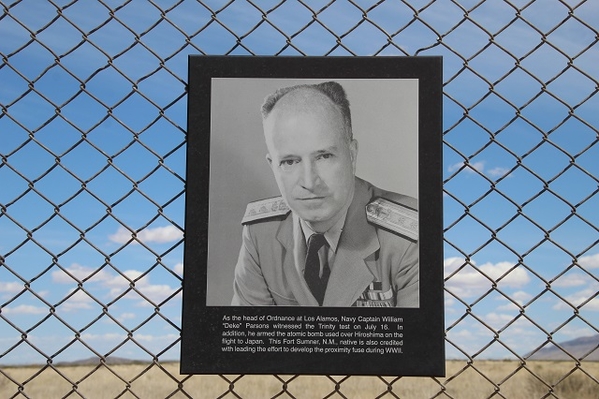 There are also a lot of pictures hanging on the fence around the site, as well as other history related to the Trinity Site explosion. We had a great time walking reading some of the stories and learning about what happened at the site. Again, you can learn more on their website.
There are also a lot of pictures hanging on the fence around the site, as well as other history related to the Trinity Site explosion. We had a great time walking reading some of the stories and learning about what happened at the site. Again, you can learn more on their website.
 Here is some more important information about visiting the Trinity Site on days when it is open to the public.
Here is some more important information about visiting the Trinity Site on days when it is open to the public.
Hours:
Stallion Gate Hours: 8 a.m. - 2 p.m.
Trinity site closes promptly at 3:30 p.m.
Directions:
From Socorro, head south on I-25 to US Rte. 380. Take US 380 east for 12 miles to the turnoff for the Stallion Gate. The gate is 5 miles from the highway, and you'll pass through a checkpoint here. The Trinity Site is 17 miles further—just follow the car in front of you (all other routes will be blocked and likely guarded by the military). The road is paved the entire way, and there's a very large parking area just outside the Trinity Site.
Required for Entry:
Valid Government issued ID or Passport
Proof of Insurance (not sure why though)
Not Allowed:
- Alcoholic Drinks
- Weapons
- Remote Controlled Vehicles
- Satellite Networking Systems
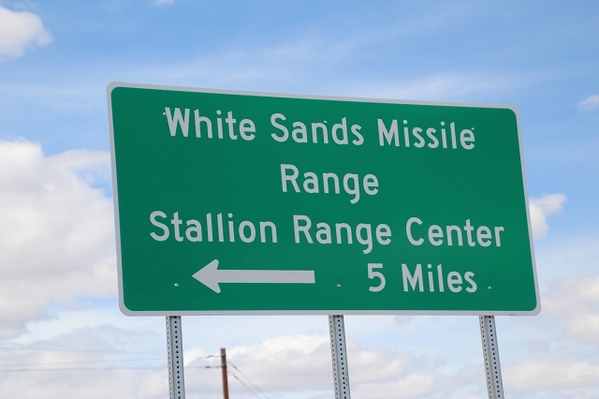 Even though it was a long drive from Denver to Albuquerque, then to the site, we found our visit very informational. It was really sad to see some of the people outside the gate protesting the site. Apparently they were family of some victims that died of cancer that were the closest to the explosion. We only wanted to see the site, but I did feel bad about that part. Just one more thing I wanted to share before I ended this post. Gods blessings and peace to those families. If you have been there and have thoughts or comments, please share below.
Even though it was a long drive from Denver to Albuquerque, then to the site, we found our visit very informational. It was really sad to see some of the people outside the gate protesting the site. Apparently they were family of some victims that died of cancer that were the closest to the explosion. We only wanted to see the site, but I did feel bad about that part. Just one more thing I wanted to share before I ended this post. Gods blessings and peace to those families. If you have been there and have thoughts or comments, please share below.

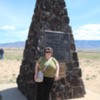
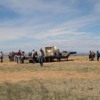
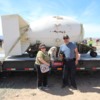


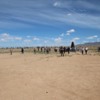


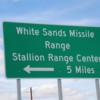
Comments (0)